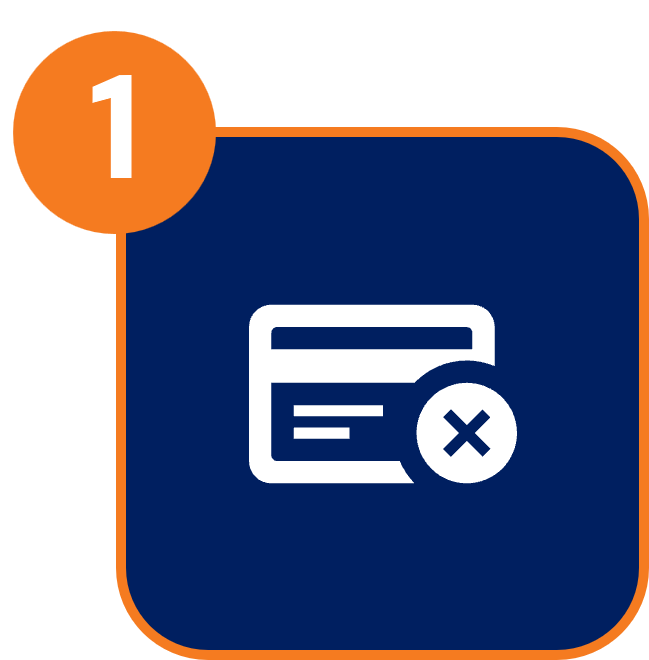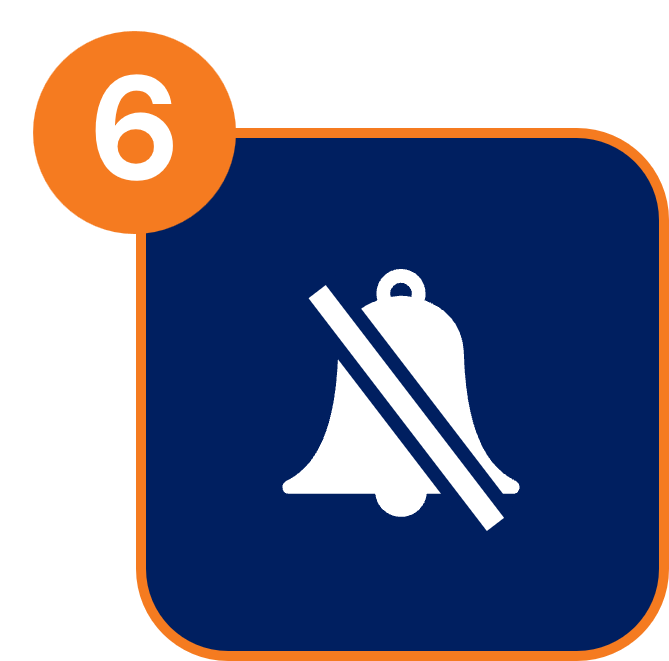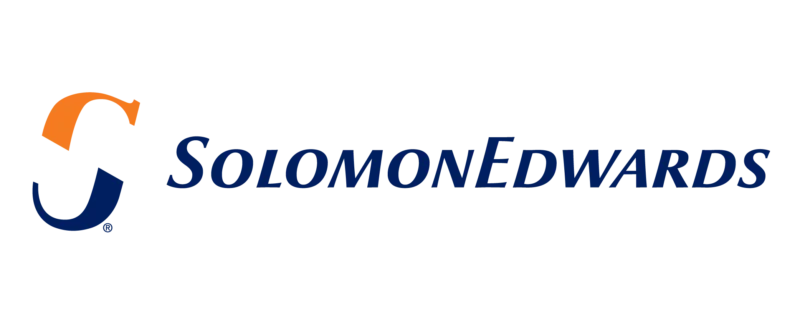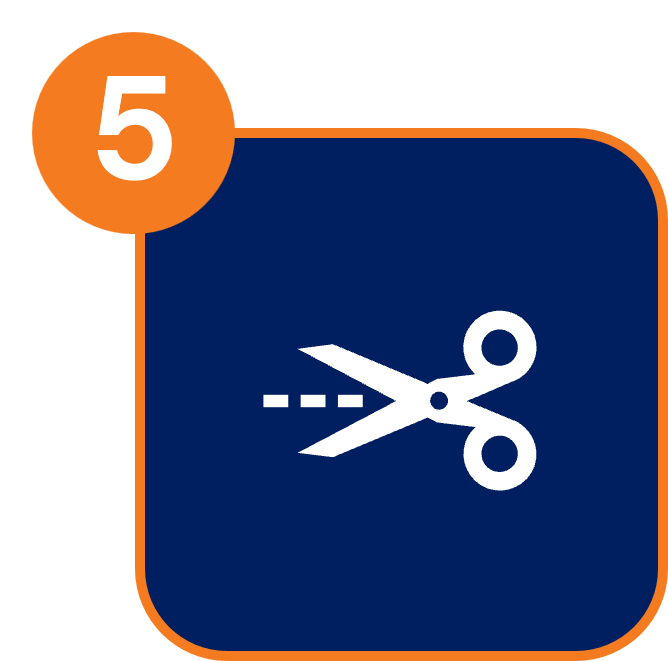Do you have uncollected cash hiding in your organization?
Chances are, you do. Accounts receivable problems are universal and indiscriminate—affecting organizations of all sizes, both public and privately held. Even multibillion, multinational companies experience AR and collection problems—and the problem is magnified in their case, representing millions in uncollected cash.
Especially if companies have grown through acquisitions, they often have a patchwork of policies, practices and ERP systems that make for an inconsistent order-to-cash (O2C) process that severely hampers their ability to collect and keep cash flowing. Yet cash is fundamental to their financial results, borrowing capacity and ability to scale operations.
Addressing internal AR and collections problems is essential to improving collections, reducing days sales outstanding (DSO) and optimizing working capital.
Barriers to Successful Collections
Although aged receivables are often blamed on “bad” customers, the truth is the primary barriers to successful collections may lie within an organization. Our work with companies to solve their cash flow issues has identified common collection problems and scenarios that may lurk below the surface of a company’s operations. These are some of the most prevalent bad practices:

Lack of standardization in credit practices
Companies often do not have standardized credit controls in place that outline important activities, such as how credit is issued, when credit holds are initiated or released, and requirements for regular account reviews. A global credit policy is needed to bring standardization. A policy outlines in specific detail how these types of activities are performed throughout the organization.

“Pay-when-paid” terms
The practice of “pay-when-paid”—that is, allowing a customer, usually a distributor, to pay for goods once they’re sold is relatively common in some industries, such as manufacturing, but it’s a bad cash flow practice that we advise against. We’ve seen instances where a company had a significant amount of AR tied up in these arrangements, yet the customer accounts showed standard terms. This not only creates confusion in collections but decreases control of DSO.

“Do-not-call” accounts
Another problematic practice that is all too common is when companies let the Sales function take ownership of collecting from certain customer accounts, thereby preventing the collection organization from collecting on the company’s behalf. These arrangements are fraught with conflicts and other concerns and are rarely beneficial to the company. Furthermore, “do-not-call” accounts typically have the lowest collections success.
Misplaced blame on collectors
It’s natural that collectors get the brunt of the blame for overdue receivables when, in reality, their efforts are often sabotaged by upstream O2C problems that make some receivables fundamentally uncollectible. “Pre-billing” scenarios—where customers are prematurely billed for services or goods that have not been shipped or received—are one example of how collectors may be set up for failure due to ill-advised practices elsewhere in the organization.
“Dual-terms” arrangements
Another common but detrimental practice to your AR is “dual terms” arrangements whereby the customer’s standard payment terms may be net 30 days, but side arrangements are made to allow the customer to pay in installments or any other negotiated exception net terms contract. These agreements are often verbal and tend to occur when Sales takes responsibility for collection from certain customers—another reason to forbid the practice of Sales taking over from the collections function.

Customers not receiving invoices
It’s true. Sometimes AR problems stem from something fundamental, such as the customer simply not receiving invoices. This may occur when companies invoice customers through a portal, but the invoices are being rejected by the customer’s portal, possibly because of syntax, missing required fields or other nonconformity. Often these issues are not easily detectable, meaning you not only have overdue AR but you don’t even know that the customer has not received the invoice.
We’ve seen these problems and many others in working with companies to resolve their AR issues and free up substantial amounts of hidden cash and bad debts thought to be uncollectable.

Helping a Global Manufacturer Bring in Cash
We worked with a global manufacturer operating in 50 countries to free up $200 million-$300 million in cash flow from its AR balances across its global footprint. We recovered more than $33 million of AR from customers over 120 days past due in the first 16 weeks of the initiative ($80 million in total); recovered $19 million in bad debt reserves by focusing on severely aged items; and developed a roadmap for sustainable improvements to be implemented over several months. Moreover, with the cash we helped them bring in, the initiative allowed the company to realize a return-on-investment of over 700%.
Driving $80M in AR Recovery Through Global OTC Transformation
That is the timeless value of optimizing your order-to-cash process
It’s a gift that keeps on giving by:
-
-
- Bringing in hidden cash
- Turning bad debt back into profit
- Creating a framework for lasting change
-
About the Author
Caroline Perez is a Principal with SolomonEdwards’ Business Transformation practice and is a transactional accounting SME with expertise in order-to-cash (O2C), procure-to-pay (P2P), Service Center and technology assessments with demonstrated success optimizing systems. She also has extensive experience helping clients merge technical and operational goals with system implementations and other digital transformation initiatives. Caroline can be reached at cperez@solomonedwards.com.
Please reach out if you’d like to discuss your cash flow challenges and how we can help you turn them around.








